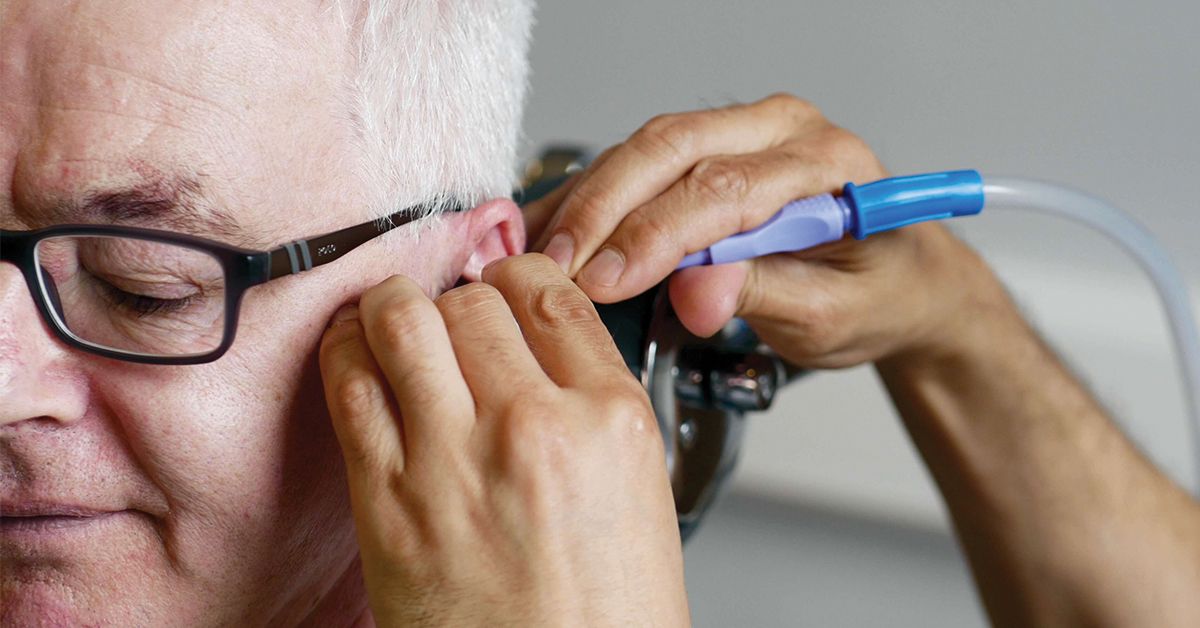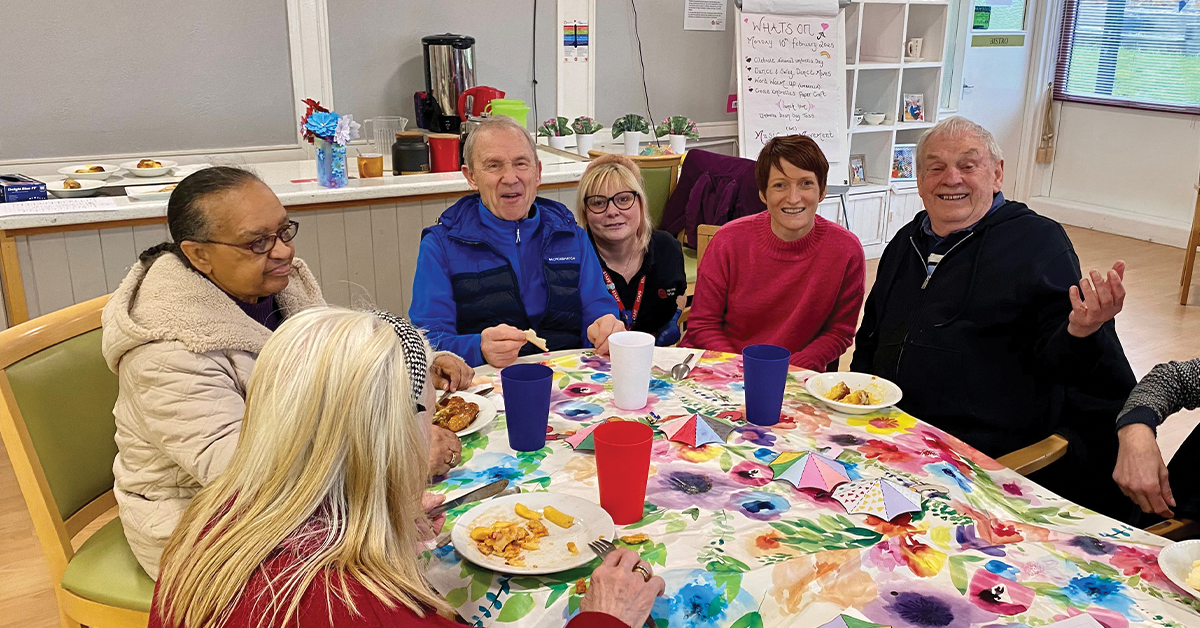The hidden danger of falls for older people
As people age, maintaining independence and quality of life becomes a priority. However, one of the most significant risks that older people face is the danger of falling.
Falls are not just minor accidents, they can lead to serious injuries, long-term health issues, and a loss of confidence in everyday activities. Understanding why falls happen, what the consequences can be, and how to prevent them is essential for older individuals and their families.
Statistics on Falls Among Older People
According to the World Health Organization (WHO), falls are the second leading cause of accidental injury deaths worldwide. In the UK, around one in three adults over 65 will experience at least one fall a year, with many resulting in serious injuries such as fractures or head trauma. These falls can be life-changing, leading to reduced mobility, increased dependency, and even early admission to care homes.
Why Are Older People More Prone to Falls?
There are several reasons why older individuals are more susceptible to falls:
- Reduced Muscle Strength: As we age, muscle mass decreases, which affects balance and stability.
- Poor Vision: Age-related eye conditions such as cataracts and glaucoma can impair vision, making it harder to see obstacles.
- Medication Side Effects: Certain medications can cause dizziness or drowsiness, increasing the risk of falling.
- Chronic Conditions: Conditions like arthritis, Parkinson’s disease, and diabetes can affect mobility and balance.
- Environmental Hazards: Cluttered living spaces, poor lighting, and slippery floors are common causes of falls at home.
The Consequences of Falls
Falls can have devastating consequences for older people. Beyond the physical injuries such as broken bones or head injuries, falls can impact mental health and overall well-being. Many older individuals experience a loss of confidence and increased fear of falling again, which can lead to social isolation and a decrease in physical activity. This creates a vicious cycle, as reduced activity leads to further loss of strength and balance.
Preventing Falls: Practical Tips for Older People and Caregivers
Fortunately, many falls are preventable. By taking a proactive approach, older individuals can reduce their risk and maintain their independence for longer.
1. Home Modifications
- Install grab rails in bathrooms and along stairways.
- Ensure adequate lighting in all rooms and hallways.
- Remove clutter and secure loose rugs to prevent tripping.
- Use non-slip mats in the bathroom and kitchen.
2. Regular Exercise
- Engage in exercises that improve strength, balance, and flexibility, such as tai chi or gentle yoga.
- Consider joining local fitness classes designed for older people.
3. Routine Health Checks
- Have regular eye tests to ensure vision is optimal.
- Keep your nails trimmed and look after your feet
- Review medications with a healthcare professional to identify any that may cause dizziness.
- Address any chronic conditions that may affect mobility.
4. Assistive Devices
- Use walking aids if necessary.
- Wear supportive footwear to reduce the risk of slipping.
5. Community Support
- Reach out to local organisations that offer home adaptations and fall prevention advice. Organisations like your local Care & Repair can provide guidance on referrals and home adaptations to reduce fall risks.
What to Do If a Fall Happens
Despite taking precautions, falls can still happen. It’s essential to know what to do if an older person falls:
- Stay calm: Encourage the person to remain calm and assess if they’re hurt before attempting to move.
- Call for help: If there are any injuries, contact emergency services immediately.
- Assist carefully: If the person is not injured and feels capable, help them up slowly and safely.
Final Thoughts
Falls are a serious concern for older people, but they are not an inevitable part of ageing. With awareness and the right precautions, falls can be prevented, allowing older individuals to maintain their independence and live safely at home. Whether it’s through home modifications, regular exercise, or community support services, there are steps everyone can take to reduce the risk of falls and promote a safer environment for our ageing population.


